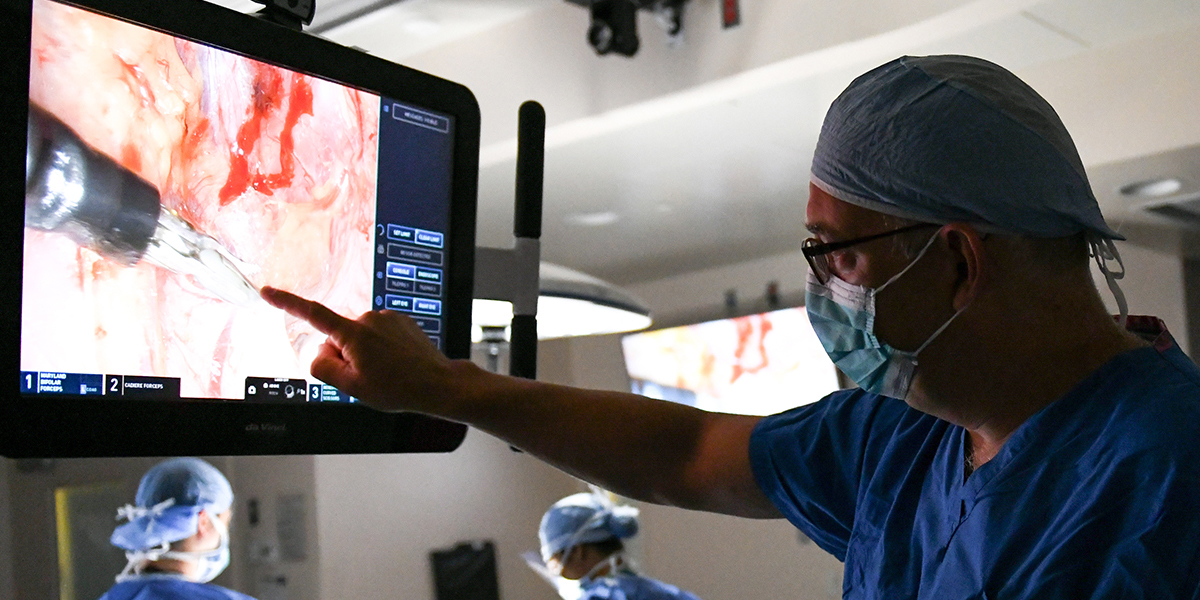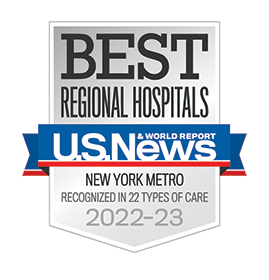New Perspectives on Teaching Residents and Surgeons in the 21st Century
Technology enriches opportunities to learn and improve surgical skills

By Michael Stifelman, M.D., Professor and Chair of Urology, Hackensack Meridian Hackensack University Medical Center
Every medical professional is familiar with Dr. William Halsted’s early 20th century surgical education paradigm of “see one, do one, teach one.” While Halsted’s paradigm still has a place in today’s residency programs, the convergence of various technologies is providing medical educators with new opportunities to train the surgeons of tomorrow.
New Opportunities to “See One”
In Halsted’s day, surgeons who wanted to “see one” had to be physically present in the operating room. Today, the ability to “see one” has exponentially increased due to the availability of curated video libraries and livestreaming technology. Experts in Surgery, for example, is a curated library of professionally recorded, edited, and annotated surgeries. Hackensack University Medical Center has also participated in live surgery events through the American Urological Association and other medical organizations.
“Do One” vs. “Do Many”
Today’s residents can perform hundreds of procedures before ever touching a patient, changing Halsted’s paradigm from “do one” to “do many.” To prepare themselves for OR training under the guidance of a mentor, residents have access to virtual reality simulation through robotic surgical platforms. In partnership with researchers at the Simulation Innovation Lab, Department of Urology, at the University of Rochester, Hackensack University Medical Center is also using a surgical simulation system that allows residents and fellows to create realistic organ models using a combination of 3D printing and hydrogel molding to practice complex surgeries.
Using Technology and Data to Maximize Teaching
When teaching others to perform surgery, it is critical for mentors to leverage technology to maximize their effectiveness. Hackensack University Medical Center uses C-SATS crowdsourcing assessments in conjunction with robotic surgical simulators to help residents improve their surgical skills. Both technologies yield valuable feedback and data to help residents improve their skills.
With technology that allows for remote visits to the OR, practice with advanced simulators, and surgical analysis using crowdsourcing and OPI data, residents who participate in our five-year Urology Residency Program receive access to the best technology, combined with incredible training and one-on-one mentoring. Our team is proud to take Dr. Halsted’s paradigm to the next level while preparing our residents to provide expert clinical care and advance the field of urology through mentorship and research.
Learn more about our advancements in urology at Hackensack University Medical Center.
